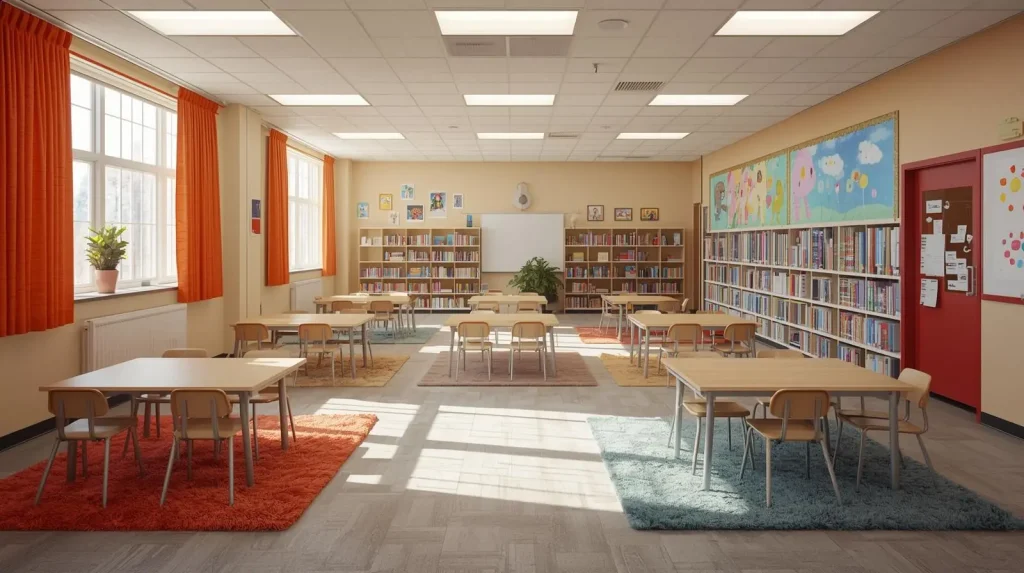Noise is one of the biggest hidden barriers to learning. In schools, loud hallways, echoing classrooms, and outside disturbances can impact concentration and communication. Teachers often raise their voices to be heard, and students struggle to focus, especially those with special educational needs or language difficulties.
The good news is that effective soundproofing does not have to break the budget. With the right low cost soundproofing solutions for schools, administrators can improve learning environments while staying within financial limits.
This guide explores practical, affordable, and easy-to-implement strategies for reducing classroom noise without expensive renovations.
Why Classroom Soundproofing Matters
A noisy classroom is more than an inconvenience. It can affect learning outcomes, teacher well-being, and even student behavior.
The Impact of Noise on Students
- Reduced concentration and memory retention
- Increased stress and fatigue
- Difficulty hearing instructions, especially for young learners
- Challenges for students with hearing impairments or ADHD
The Impact on Teachers
- Strained voices from constant speaking over noise
- Higher stress levels and job dissatisfaction
- Reduced ability to manage the classroom effectively
Investing in affordable soundproofing for schools is not just about comfort. It directly supports academic success and healthier teaching environments.
Low Cost Soundproofing Solutions for Classrooms
1. Acoustic Panels on a Budget
Professional acoustic panels can be expensive, but there are low-cost alternatives. DIY sound panels made with fabric and insulation material can absorb echoes just as well.
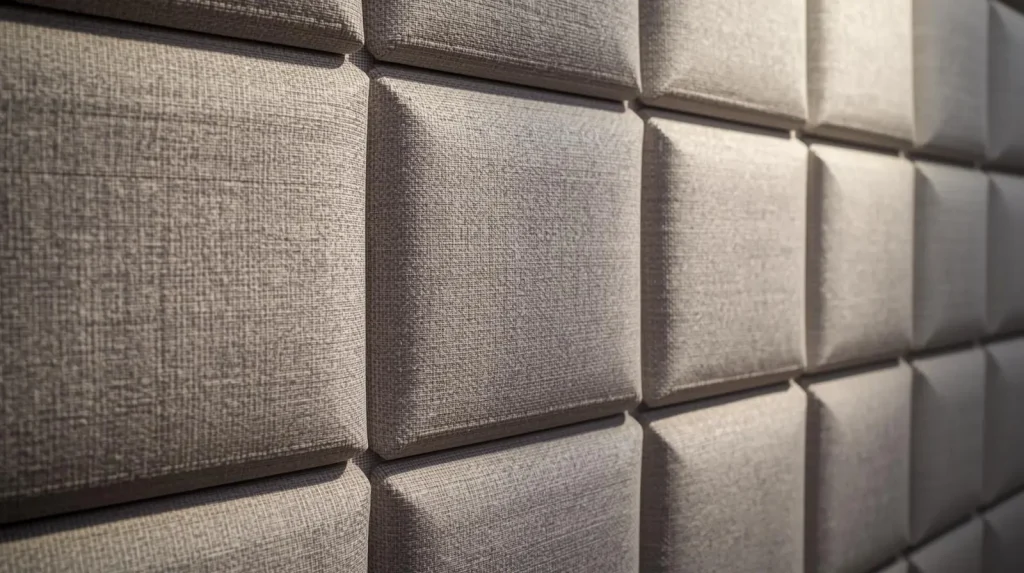
Affordable options include:
- Hanging heavy curtains or moving blankets on walls
- Using cork boards or fabric bulletin boards to dampen sound
- Installing budget-friendly foam panels in key noise areas
2. Carpets and Rugs for Floor Noise
Bare floors amplify sound. Adding rugs or carpet tiles helps reduce noise from footsteps and moving chairs.
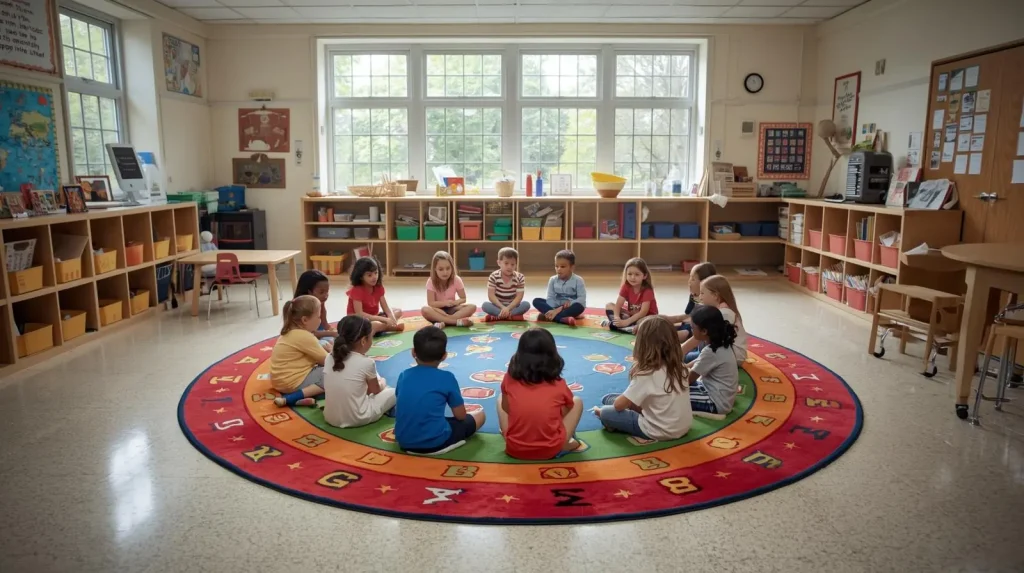
Benefits include:
- Immediate reduction in echo
- Softer and safer flooring for younger students
- Easy to replace if damaged
For schools with tight budgets, donated rugs or low-cost carpet remnants can be an effective fix.
3. Door and Window Soundproofing
Classroom doors and windows are common entry points for noise. Simple adjustments can make a big difference.
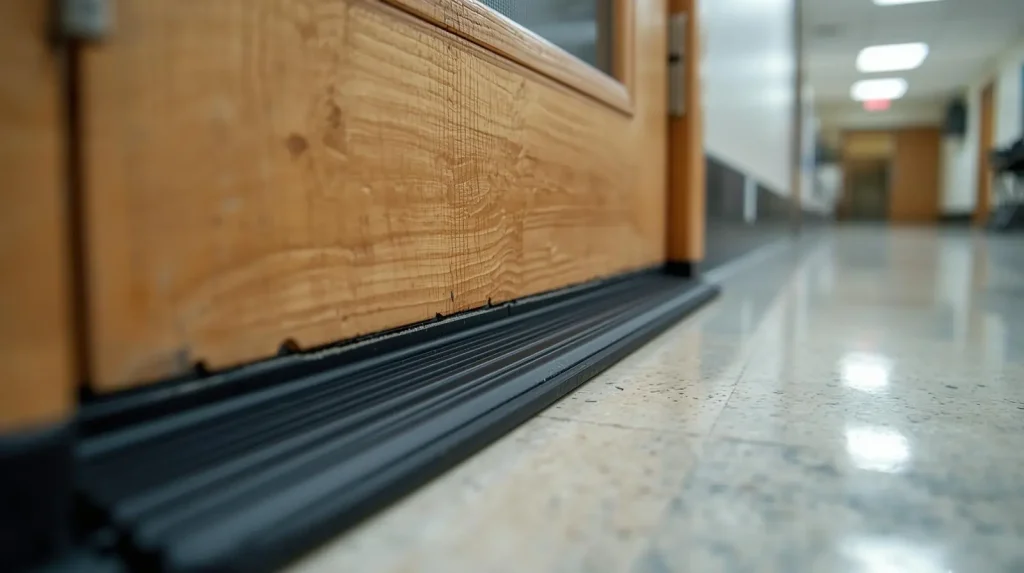
Low cost upgrades include:
- Weatherstripping around door frames
- Door sweeps to block gaps at the bottom
- Thick curtains or layered blinds for windows
- Sealing cracks with acoustic caulk
4. Rearranging Classroom Layouts
Furniture placement can act as a natural sound barrier. For example:
- Bookshelves against shared walls can block noise
- Soft seating areas can reduce echo
- Desks arranged away from doors and windows minimize distractions
This zero-cost strategy can be implemented immediately with noticeable improvements.
Affordable Soundproofing for School Halls and Cafeterias
Large open spaces such as gyms, halls, and cafeterias are especially noisy. Echo and chatter can overwhelm these areas, but schools can address them affordably.
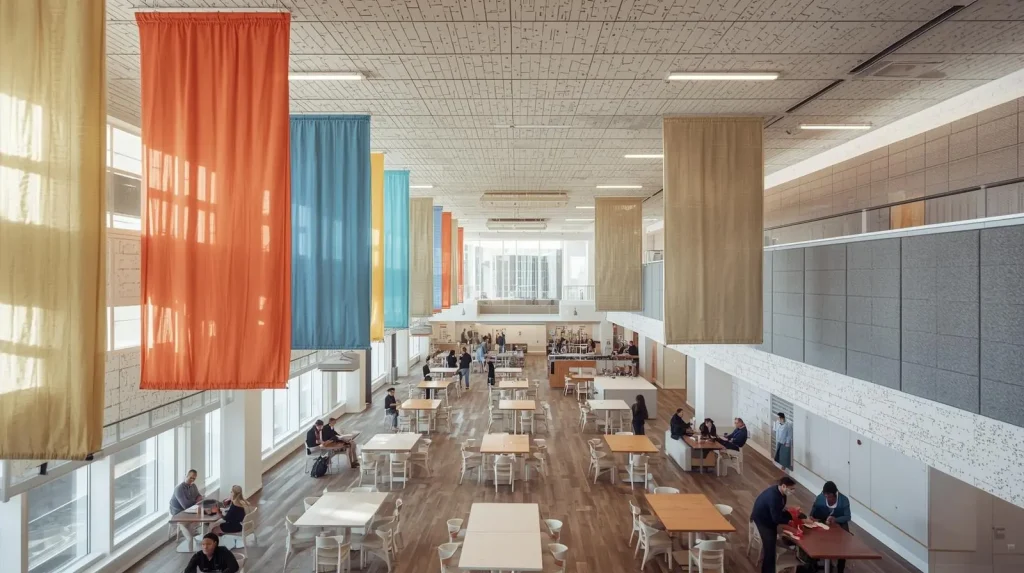
Ceiling Solutions
Instead of costly full-ceiling treatments, schools can:
- Use suspended acoustic clouds or baffles in specific areas
- Install drop ceiling tiles with sound-absorbing properties
- Hang fabric or banners to reduce echo
Wall Treatments
Adding sound absorption to tall walls helps balance acoustics:
- Large cork boards or fabric displays
- Soft wall hangings such as quilts or student artwork on canvas
- Inexpensive acoustic wallpaper panels
Furniture and Layout Adjustments
- Round tables reduce noise compared to long rows of tables
- Rubber caps on chair and table legs prevent scraping sounds
- Spacing out activity zones limits overlapping noise
Creative DIY Soundproofing for Schools
Schools with limited funding can benefit from do-it-yourself solutions. Many materials already available on campus can double as soundproofing.
Examples include:
- Egg cartons on walls for temporary sound absorption
- Felt boards made by layering inexpensive fabric
- Recycled moving blankets used as dividers
- Old couches or cushioned benches placed against walls
DIY methods should be safe, durable, and easy to maintain, making them practical for schools with limited staff resources.
Soundproofing for Special Education Classrooms
Students with sensory processing challenges are particularly sensitive to noise. Affordable soundproofing strategies can make these classrooms more inclusive.
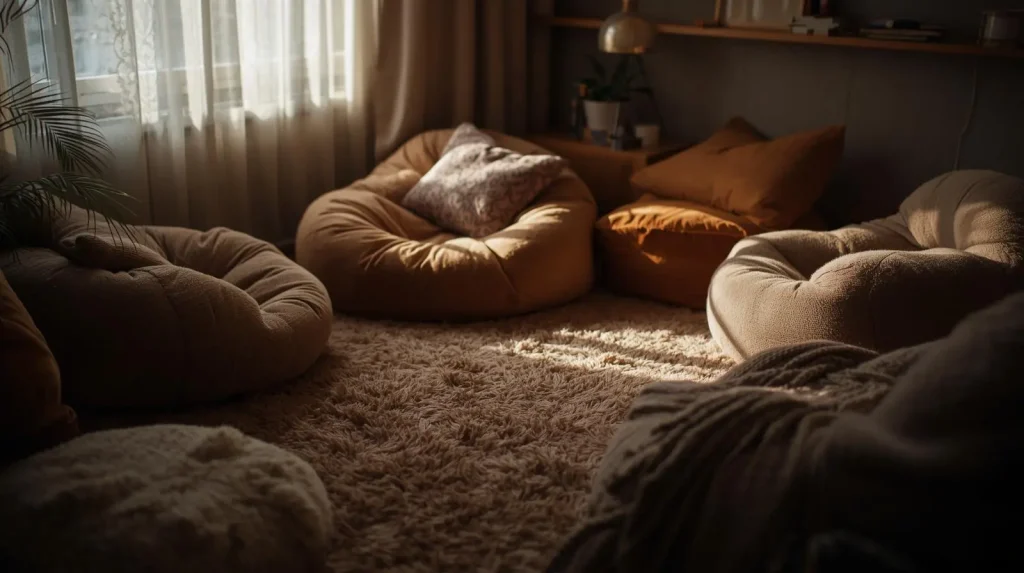
Key Adjustments
- Use thick rugs and beanbag seating to soften noise
- Hang curtains around quiet corners for sensory breaks
- Add low-cost white noise machines to mask disruptive sounds
- Use acoustic dividers for small group activities
Low cost soundproofing in special education rooms enhances focus and provides a calmer learning environment.
Funding Options for School Soundproofing
Even affordable improvements add up across multiple classrooms. Schools can explore funding options to make soundproofing projects easier to implement.
Possible Sources
- Local education grants focused on accessibility or learning support
- Community fundraising campaigns or parent-teacher associations
- Partnerships with local businesses for donated materials
- Energy efficiency programs that cover window and door upgrades
By combining creative funding with cost-conscious solutions, schools can achieve large-scale noise reduction at minimal expense.
Practical Tips for Maintaining a Quieter School
Low cost soundproofing for schools is most effective when paired with good noise management practices.
Everyday Strategies
- Encourage soft-close habits for doors and cabinets
- Use tennis balls or rubber caps on chair legs
- Establish “quiet zones” in libraries or study rooms
- Train students in noise awareness and respect for learning spaces
Noise reduction is not just about physical upgrades. It is also about creating a culture that values calm and focus.
Conclusion: Making Classrooms Sound-Friendly
Noise in schools is a challenge, but it does not require expensive renovations to fix. Affordable soundproofing solutions like acoustic panels, carpets, curtains, and smart furniture layouts can transform classrooms. Large spaces such as cafeterias and gyms can also benefit from budget-friendly treatments like hanging banners, wall displays, and acoustic tiles.
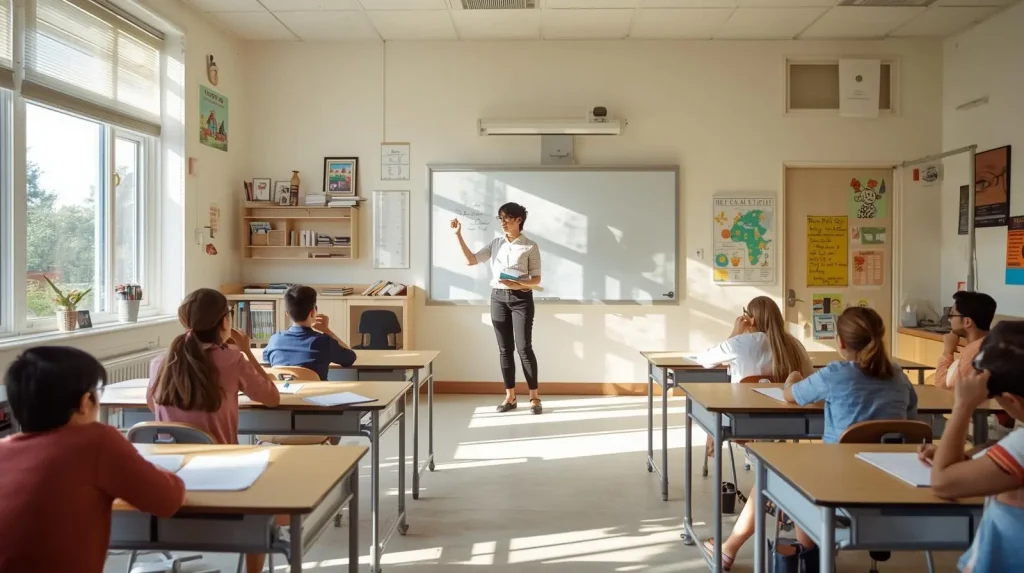
With creative DIY approaches and potential funding support, schools can reduce noise while staying within budget. The result is a better environment for both teachers and students, improving learning, communication, and overall well-being.
Ready to create a quieter, more focused learning environment? Explore these low cost soundproofing strategies for schools and start making impactful changes today.

